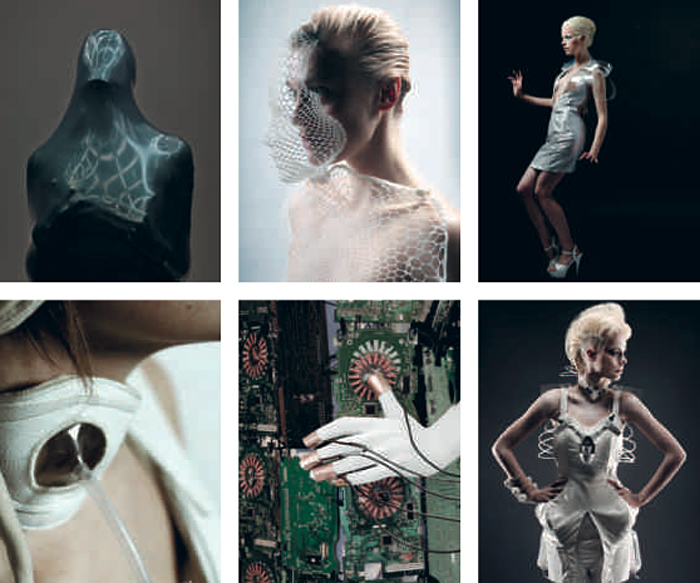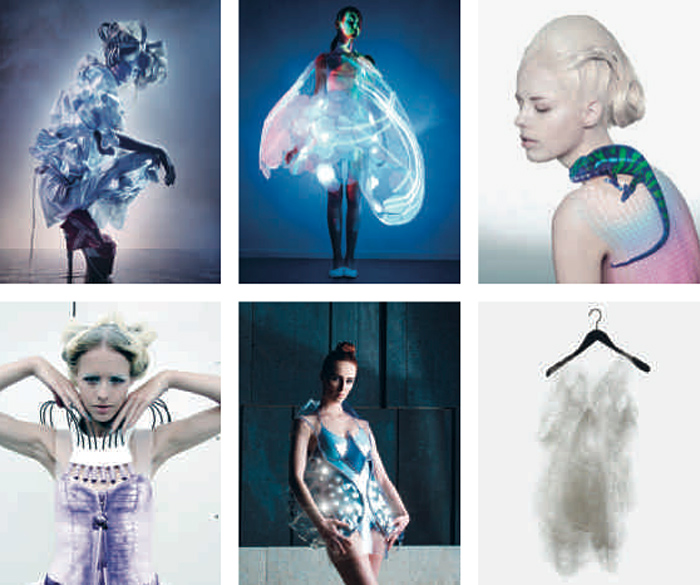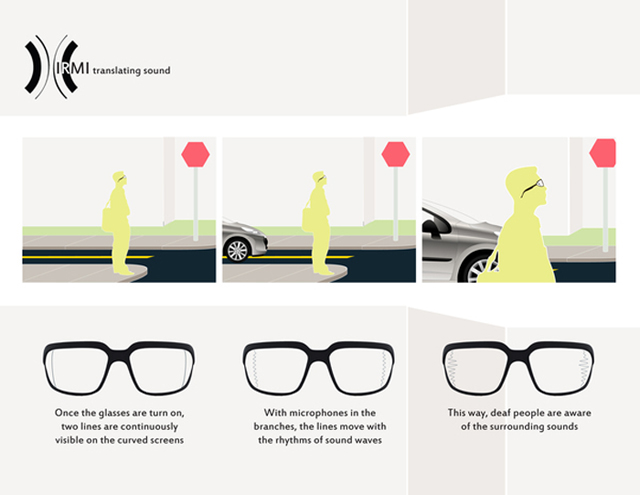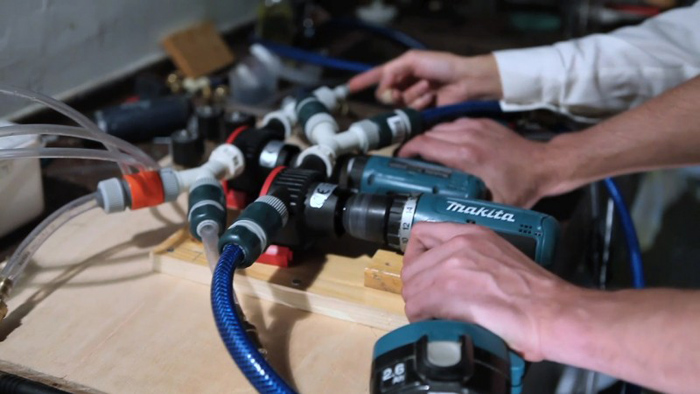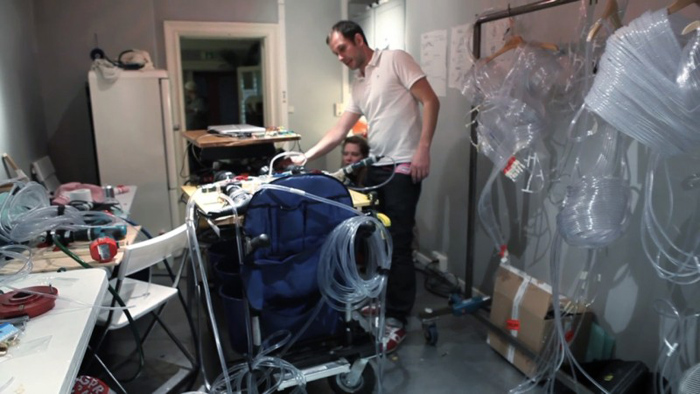Continuing its nikeplus and fuel evolution, Nike has launched Nike Lunartr1+, sensor-embedded footwear that tracks how hard, fast and often you train and syncs it to a mobile app. The video shows a series of wearable displays, which makes me wonder what else they have cookin'. Overall, the best wearable technology products are the ones that you rely on but you don't have to remember to use. For example, inputting calories or manually tracking your workouts (think about the printed workout tracking clipboards in a folder system at the gym) is asking too much of people. Wearables have the capability of doing the work for you in a more unobtrusive and ambient way and the Lunartr1+ is one step closer...
More at Nikeplus Training
